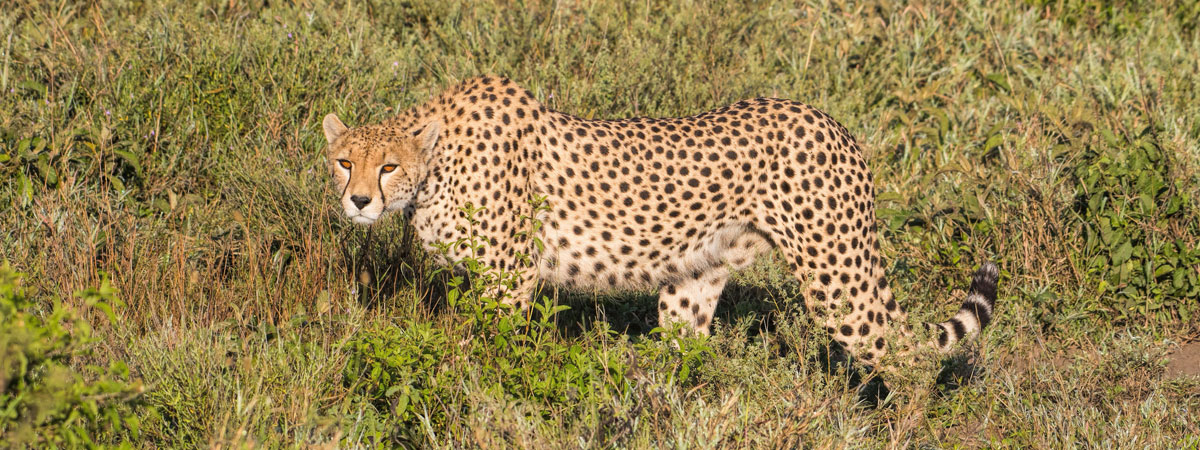I am regularly asked “why do you need to fiddle with your photos in Photoshop, mine come out of the camera just fine.”
It’s true. Most people accept the photograph that their camera produces and, in many cases, that image is perfectly alright for a variety of uses.
This is becoming even more the case as an increasing number of pictures are taken simply to be posted on the Internet, on Facebook or other social networking sites. For that you don’t need a super sharp high resolution photograph.
The Camera Menu
If you want to make adjustments to the way your photographs come out it’s easy, almost every digital camera offers you a menu where you can customise settings.
You can set the film sensitivity, adjust the level of sharpness and saturation so your photographs turn out just how you like them and you can choose which format your pictures wil be saved in.
The most common file format for digital photographs is a JPEG (*.jpg) If you save your file in this format it is ready to be uploaded to Facebook or imported into other programs.
So that’s it then. Job done.
For some people, yes. That’s it. Take a picture, print it or upload it. No need to faff around.
So why do we people like me spend so much time tweaking our photographs?
Ready Meal or Home Cooked?
You could say it’s the difference between a ready meal and a home cooked meal.
On the face of it they are both the same dish and have approximately the same ingredients, but the taste is very different.
A ready meal will always taste the same no matter who heats it up, whereas a home cooked dish will vary in taste depending on who cooked it and the balance of ingredients they use.
File Format – JPEG vs RAW
To begin with I don’t save my files as JPEGs, I use a format known as RAW. Each camera manufacturer calls their RAW file format by a different name but essentially a RAW format file is like a larder full of ingredients; it needs preparation.
The RAW file contains all the data captured by the camera. If you look at a photograph in RAW file format it often looks dull and lifeless; nothing like the picture you see when viewing the same scene from a JPEG file. This is because the camera has not applied any presets or adjustments to the RAW file. Instead it has kept all the data intact for you to manipulate as you wish.
By now you might be thinking that this sounds like a lot of hassle to go through when the camera can produce perfectly acceptable images as JPEGs.
But what happens when it doesn’t?
Modern cameras are extremely sophisticated, clever pieces of equipment; able to cope with widely varying conditions and still produce good photographs, but they cannot get it right every time.
Digital photography has given us something that we didn’t have in the old days of using film; the ability to manipulate our photographs after we’ve taken them. Modern software makes photo manipulation a possibility for all of us, not just the skilled few.
That doesn’t mean I want to completely alter the photograph, just show it at its best. Like a woman with her make up, it is important to know when enough is enough; with the right amount properly applied the effect can be stunning, but apply too much or apply it clumsily and the effect can be ridiculous.
With my photographs captured in RAW format I can change almost anything I want about the photograph after I have taken it. I can adjust the exposure, alter contrast and brightness and add or remove colours. If some parts of the image are over exposed I can selectively darken them and I can likewise bring detail from the shadows.
The ‘before’ and ‘after’ images of this lioness illustrate how a photo can be transformed. It was a dull overcast day and the camera ( well me actually) did not make a very good job of getting the exposure right. I thought that it was an image worth rescuing so I did a bit of post processing, mostly just adding a bit to the exposure setting.

To be fair, it is also possible to do some of these things with a JPEG image, but you have far less flexibility simply because in creating the JPEG the camera has discarded data it did not need to make the image, and once it’s gone it’s gone.
I also like the fact that with a bit of extra effort I can make my photograph as good as it can be.
Luckily, none of us use all of the photographs we take so I don’t have to process every picture; just the ones that are worth it.
When you see a great photograph in a magazine, in a gallery or even online it hasn’t happened by accident. Someone has put a lot of effort into making it as good as it can be.
So where does that leave us?
For me, post processing is certainly not an indulgence, and for many people out there it is certainly not a necessity. It comes down to choosing the way that best suits your needs.
Personally, I’d rather have a home made hamburger than a McDonalds any day, but there are a hell of a lot of people out there happy to eat McDonalds.

